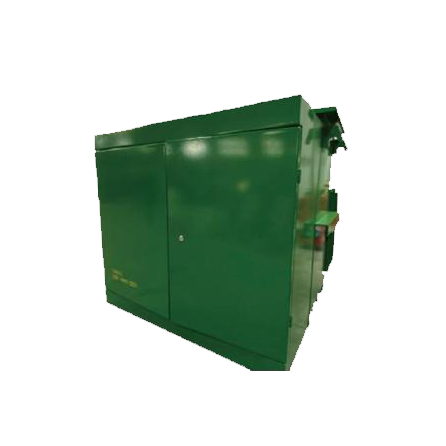Evaluating the Safety of Chemical Cleaners: A Comprehensive Guide for Informed Choices
3 min readIn today’s fast-paced world, maintaining cleanliness is paramount, whether in our homes, workplaces, or public spaces. Chemical cleaners have become ubiquitous in our cleaning routines, promising efficiency and effectiveness. However, the question of safety looms large: Is chemical clean safe? This article delves into the complexities of chemical cleaners, examining their safety profiles, potential health risks, and best practices for their use.
Understanding Chemical Cleaners
Chemical cleaners encompass a wide range of products designed to remove dirt, stains, and contaminants. They can be categorized into several types, including:
- Surfactants: These are compounds that lower the surface tension of water, allowing it to spread and penetrate more effectively. Common surfactants include sodium lauryl sulfate and nonylphenol ethoxylates.
- Solvents: These substances dissolve other materials, making them effective for cleaning grease and oil. Examples include acetone and isopropyl alcohol.
- Acids and Bases: Many cleaners utilize acidic or basic properties to break down tough stains. For instance, vinegar (acetic acid) and sodium hydroxide are commonly used in household cleaning.
- Disinfectants: These products are designed to kill bacteria, viruses, and fungi. Common disinfectants include bleach (sodium hypochlorite) and quaternary ammonium compounds.
Assessing Safety: Ingredients Matter
The safety of chemical cleaners largely depends on their ingredients. While many commercial cleaners are effective, they can pose health risks if not used correctly. Here are some factors to consider:
- Toxicity: Some chemical cleaners contain toxic substances that can cause respiratory issues, skin irritation, or other health problems. For instance, prolonged exposure to ammonia can lead to respiratory distress, while certain surfactants may cause skin allergies.
- Volatile Organic Compounds (VOCs): Many cleaners emit VOCs, which can contribute to indoor air pollution and have been linked to various health issues, including headaches, dizziness, and long-term respiratory problems. Opting for low-VOC or VOC-free products can mitigate these risks.
- Environmental Impact: The safety of chemical cleaners extends beyond human health to environmental considerations. Many conventional cleaners contain phosphates and other harmful chemicals that can disrupt aquatic ecosystems. Choosing biodegradable and eco-friendly products can reduce this impact.
Best Practices for Safe Use
To ensure the safe use of chemical cleaners, consider the following best practices:
- Read Labels Carefully: Always read product labels for safety warnings, usage instructions, and ingredient lists. Look for certifications from reputable organizations, such as the Environmental Protection Agency (EPA) or Green Seal.
- Use Protective Gear: When handling chemical cleaners, wear appropriate protective gear, including gloves, masks, and goggles, to minimize exposure.
- Ventilation is Key: Ensure adequate ventilation when using chemical cleaners, especially in enclosed spaces. Open windows and doors, or use exhaust fans to dissipate fumes.
- Store Safely: Keep chemical cleaners out of reach of children and pets. Store them in a cool, dry place, away from direct sunlight and heat sources.
- Consider Alternatives: Explore natural cleaning alternatives, such as vinegar, baking soda, and essential oils. These options can be effective for many cleaning tasks without the associated risks of chemical cleaners.
Conclusion: Making Informed Choices
In conclusion, the safety of chemical cleaners is a multifaceted issue that requires careful consideration of ingredients, usage practices, and environmental impact. While many chemical cleaners are effective and safe when used correctly, it is crucial to remain informed and vigilant. By understanding the potential risks and adopting best practices, consumers can make informed choices that prioritize both health and safety.

